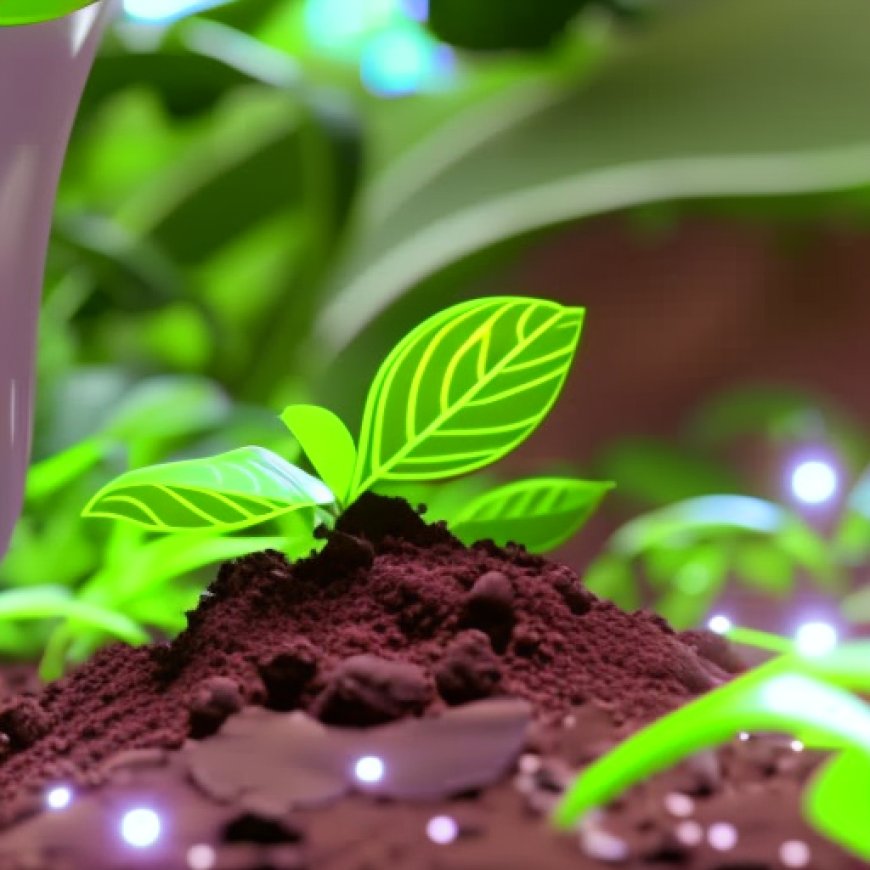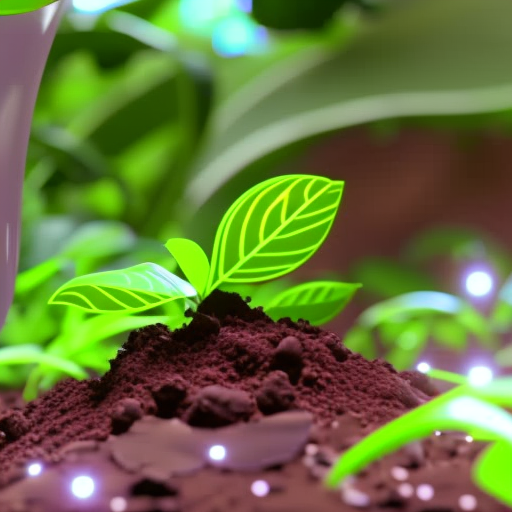Global Industrial Sludge Treatment Chemicals Industry Research Report, 2022-2023 & 2028: Natural and Biodegradable Chemicals Revolutionize Sludge Treatment, Enhancing Sustainability and Soil Health
Global Industrial Sludge Treatment Chemicals Industry Research ... PR Newswire


DUBLIN, Sept. 19, 2023 /PRNewswire/ — “Industrial Sludge Treatment Chemicals Market by Sludge Type, Process Chemical, Process Treatment, End User, and Region 2023-2028” Report
The global industrial sludge treatment chemicals market size reached US$ 6.3 Billion in 2022. Looking forward, the market is set to reach US$ 8.5 Billion by 2028, exhibiting a CAGR of 5.12% during 2022-2028.
The global industrial sludge treatment chemicals market is witnessing significant growth, driven by escalating environmental concerns and the increasing adoption of biodegradable chemicals. Advanced industrial sludge treatment technologies are also contributing to market expansion.
These chemicals play a crucial role in improving the dewatering of sludge, reducing odor, enhancing stability, and recovering valuable nutrients from sludge, which can be repurposed as soil conditioning fertilizers. North America leads the market, fueled by rising water and sewage treatment initiatives and the introduction of advanced treatment technologies.
Governments worldwide are promoting industrial sludge treatment, addressing environmental issues, and implementing sustainable waste management programs. Population growth, industrialization, and a shift towards natural and biodegradable chemicals further boost market demand.
Increasing wastewater treatment plants, heightened consumer awareness of pollution impacts, and innovations in high-performance sludge treatment technologies, such as membrane filtration and anaerobic digestion, are key drivers of market growth.
Key Questions Answered in This Report:
- How has the global industrial sludge treatment chemicals market performed so far, and how will it perform in the coming years?
- What are the drivers, restraints, and opportunities in the global industrial sludge treatment chemicals market?
- What is the impact of each driver, restraint, and opportunity on the global industrial sludge treatment chemicals market?
- What are the key regional markets?
- Which countries represent the most attractive industrial sludge treatment chemicals markets?
- What is the breakup of the market based on the sludge type?
- Which is the most attractive sludge type in the industrial sludge treatment chemicals market?
- What is the breakup of the market based on the process chemical?
- Which is the most attractive process chemical in the industrial sludge treatment chemicals market?
- What is the breakup of the market based on the process treatment?
- Which is the most attractive process treatment in the industrial sludge treatment chemicals market?
- What is the breakup of the market based on the end user?
- Which is the most attractive end user in the industrial sludge treatment chemicals market?
- What is the competitive structure of the global industrial sludge treatment chemicals market?
- Who are the key players/companies in the global industrial sludge treatment chemicals market?
Competitive Landscape
This only represents a partial list of companies, the complete list has been provided in the report
- Accepta Ltd
- Amcon Inc.
- Beckart Environmental Inc.
- Ecolab Inc.
- Hubbard-Hall
- Kemira Oyj
- Kurita Water Industries Ltd.
- OVIVO (SKion Water GmbH)
- Veolia Water Technologies (Veolia Environnement S.A.)
Key Market Segmentation:
Sludge Type Insights:
According to the report, activated sludge represented the largest segment.
- Activated Sludge
- Primary Sludge
- Mixed Sludge
- Others
Process Chemical Insights:
According to the report, flocculants accounted for the largest market share.
- Flocculants
- Coagulants
- Disinfectants
- Others
Process Treatment Insights:
According to the report, conditioning and stabilization treatment represented the largest segment.
- Conditioning and Stabilization Treatment
- Dewatering and Drying Treatment
- Thickening Treatment
- Digestion Treatment
End User Insights:
According to the report, food and beverages accounted for the largest market share.
- Food and Beverages
- Personal Care
- Chemicals
- Pulp and Paper
- Municipal Wastewater
- Others
Regional Insights:
- North America
- United States
- Canada
- Asia-Pacific
- China
- Japan
- India
- South Korea
- Australia
- Indonesia
- Others
- Europe
- Germany
- France
- United Kingdom
- Italy
- Spain
- Russia
- Others
- Latin America
- Brazil
- Mexico
- Others
- Middle East and Africa
For more information about this report visit https://www.researchandmarkets.com/r/m93rsz
About ResearchAndMarkets.com
ResearchAndMark
SDGs, Targets, and Indicators
1. Which SDGs are addressed or connected to the issues highlighted in the article?
- SDG 6: Clean Water and Sanitation
- SDG 9: Industry, Innovation, and Infrastructure
- SDG 12: Responsible Consumption and Production
- SDG 13: Climate Action
- SDG 15: Life on Land
2. What specific targets under those SDGs can be identified based on the article’s content?
- SDG 6.3: By 2030, improve water quality by reducing pollution, eliminating dumping and minimizing release of hazardous chemicals and materials.
- SDG 9.4: By 2030, upgrade infrastructure and retrofit industries to make them sustainable, with increased resource-use efficiency and greater adoption of clean and environmentally sound technologies and industrial processes.
- SDG 12.4: By 2020, achieve the environmentally sound management of chemicals and all wastes throughout their life cycle, in accordance with agreed international frameworks, and significantly reduce their release to air, water, and soil in order to minimize their adverse impacts on human health and the environment.
- SDG 13.3: Improve education, awareness-raising and human and institutional capacity on climate change mitigation, adaptation, impact reduction, and early warning.
- SDG 15.3: By 2030, combat desertification, restore degraded land and soil, including land affected by desertification, drought, and floods, and strive to achieve a land degradation-neutral world.
3. Are there any indicators mentioned or implied in the article that can be used to measure progress towards the identified targets?
Yes, there are indicators mentioned in the article that can be used to measure progress towards the identified targets. These include:
- Market size and growth rate of the global industrial sludge treatment chemicals market
- Adoption of biodegradable chemicals in sludge treatment
- Improvement in dewatering of sludge
- Reduction in odor from sludge
- Recovery of valuable nutrients from sludge
- Introduction of advanced treatment technologies
- Increase in wastewater treatment plants
- Consumer awareness of pollution impacts
- Innovations in high-performance sludge treatment technologies
Table: SDGs, Targets, and Indicators
| SDGs | Targets | Indicators |
|---|---|---|
| SDG 6: Clean Water and Sanitation | 6.3: Improve water quality by reducing pollution, eliminating dumping and minimizing release of hazardous chemicals and materials. | – Adoption of biodegradable chemicals in sludge treatment – Reduction in odor from sludge – Recovery of valuable nutrients from sludge |
| SDG 9: Industry, Innovation, and Infrastructure | 9.4: Upgrade infrastructure and retrofit industries to make them sustainable, with increased resource-use efficiency and greater adoption of clean and environmentally sound technologies and industrial processes. | – Introduction of advanced treatment technologies – Innovations in high-performance sludge treatment technologies |
| SDG 12: Responsible Consumption and Production | 12.4: Achieve the environmentally sound management of chemicals and all wastes throughout their life cycle, in accordance with agreed international frameworks, and significantly reduce their release to air, water, and soil in order to minimize their adverse impacts on human health and the environment. | – Adoption of biodegradable chemicals in sludge treatment – Reduction in release of hazardous chemicals and materials |
| SDG 13: Climate Action | 13.3: Improve education, awareness-raising and human and institutional capacity on climate change mitigation, adaptation, impact reduction, and early warning. | – Increase in awareness of pollution impacts – Adoption of clean and environmentally sound technologies |
| SDG 15: Life on Land | 15.3: Combat desertification, restore degraded land and soil, including land affected by desertification, drought, and floods, and strive to achieve a land degradation-neutral world. | – Restoration of degraded land and soil |
Behold! This splendid article springs forth from the wellspring of knowledge, shaped by a wondrous proprietary AI technology that delved into a vast ocean of data, illuminating the path towards the Sustainable Development Goals. Remember that all rights are reserved by SDG Investors LLC, empowering us to champion progress together.
Source: prnewswire.com

Join us, as fellow seekers of change, on a transformative journey at https://sdgtalks.ai/welcome, where you can become a member and actively contribute to shaping a brighter future.







